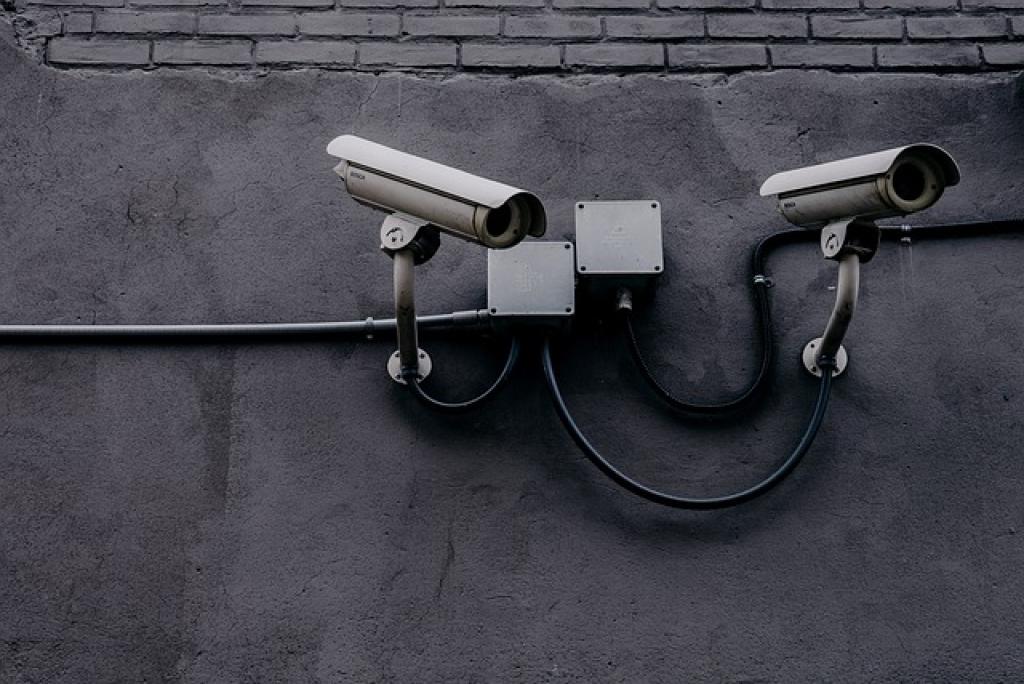
Mastering Communication with Your Security Provider: A Guide to Effective Collaboration
Effective communication with your security provider isn’t just about exchanging information; it’s about building a collaborative partnership that enhances safety and peace of mind. Whether you’re safeguarding a business or ensuring the protection of personal assets, the heart of a resilient security strategy lies in the dialogue between you and your provider.
In today’s ever-evolving landscape, staying ahead of potential threats demands more than just cutting-edge technology; it requires clear, proactive communication. By fostering an open line of dialogue, you can align on goals, clarify expectations, and adapt to changing needs swiftly.
This guide will walk you through the critical elements of communication in security partnerships, empowering you to transform interactions into constructive collaboration. Whether you’re dealing with cybersecurity or physical security, mastering this exchange will enhance your overall protection strategy.
Establishing Clear Communication Channels
Before diving into the operational intricacies, it’s crucial to lay a foundation with structured communication channels. Clearly defined pathways ensure that the right information gets to the right people, when they need it. Think of it as setting the stage for effective information flow.
Choosing the Right Tools
Start by selecting tools that suit your specific needs. Whether it’s regular video meetings, instant messaging apps, or secure email platforms, the key is choosing tools that both parties can use comfortably and consistently. This technological groundwork can make or break your communication efforts.
Next, designate primary points of contact. A dedicated representative from your team and the security provider should lead communications, fostering a direct line for discussing concerns and updates. This approach minimizes confusion and ensures accountability.
Finally, establish a regular meeting cadence. Weekly or monthly check-ins keep both parties aligned and provide opportunities to address issues proactively. Scheduled meetings create a predictable rhythm, fostering a proactive rather than a reactive relationship.
Clear communication channels are the connective tissue of a strong security partnership. With the right structures in place, you set a precedent for openness and efficiency in all future interactions.
Setting Expectations from the Start
A successful security partnership hinges on clearly defined expectations from day one. Without mutual understanding, even the best communication channels can fall short. By outlining clear objectives and roles, both parties can move forward with confidence and clarity.
Defining Roles and Responsibilities
Begin by discussing and documenting each party’s responsibilities. Understand who does what, when, and how often. This clarity helps avoid overlaps and gaps that could lead to vulnerabilities or misunderstanding.
Also, agree on the goals for the security partnership. Whether it’s achieving a certain level of threat protection or improving response times, having tangible, measurable objectives ensures everyone is working towards the same vision.
It’s equally important to discuss the scope of services. What exactly will your security provider deliver? Knowing this upfront prevents future surprises and sets the stage for a harmonious working relationship.
Regular performance reviews should also be part of the plan to assess progress and recalibrate expectations as needed. These reviews offer a chance to refine your approach and ensure continuous alignment.
Setting expectations early lays the groundwork for a productive and trustworthy collaboration. With a shared understanding, both you and your security provider can navigate challenges more effectively.
Transparency and Accountability in Reporting
Transparency and accountability form the cornerstone of a robust security relationship. Transparent reporting practices ensure that you’re always informed and can make decisions based on accurate, up-to-date information.
Begin by establishing a reporting format that suits all involved parties. Whether it’s detailed monthly reports or real-time dashboards, the format should provide clarity and insights into the performance and threats encountered. A consistent reporting structure helps track progress against agreed-upon goals.
Encourage honest and open reporting from your provider. Mistakes happen, and it’s essential that they’re communicated promptly. Addressing issues head-on fosters trust and allows for immediate course corrections, preventing minor issues from ballooning into larger problems.
Also, define the metrics that matter most to your security goals. These key performance indicators (KPIs) help focus efforts on what’s truly important and make it easier to assess the effectiveness of the security measures in place.
Regular feedback sessions based on these reports should be held to discuss outcomes and make any necessary adjustments. This ensures both transparency and accountability are maintained, strengthening the partnership as both parties work towards improving the security posture collaboratively.
Regular Feedback and Performance Evaluation
Keeping a security partnership on track requires ongoing feedback and performance evaluation. These practices ensure that both achievements and areas for improvement are identified and addressed promptly.
By conducting regular performance evaluations, you can measure how well the security measures are aligning with your set objectives. This process involves reviewing key performance indicators and comparing them against targets, offering a clear picture of what’s working and what needs adjustment.
Constructive Feedback Practices
Creating a culture of constructive feedback fosters an environment where continuous improvement is the norm. Encourage open discussions about the challenges faced and invite suggestions from your provider on how to tackle them. This kind of dialogue is invaluable for adapting to new threats or changes in your needs.
Also, recognize the successes. Celebrating achievements motivates your provider to continue delivering high-quality service. Acknowledging their hard work reinforces positive behavior and sets a benchmark for future performance.
Schedule these feedback and evaluation sessions at regular intervals, whether that’s quarterly or semi-annually. This consistency not only helps maintain focus on long-term goals but also nurtures a collaborative atmosphere where both parties feel valued and heard. Through regular feedback and evaluation, your security partnership evolves in tandem with the dynamic security landscape.
The Bottom Line: Fostering a Collaborative and Productive Relationship
In today’s ever-changing security landscape, a collaborative and productive relationship with your security provider is essential. By mastering communication, you set the stage for a partnership that is both resilient and adaptive to new challenges.
Establishing clear communication channels is the first step. When information flows seamlessly, both parties can act swiftly and decisively. Setting expectations from the start ensures everyone is aligned on objectives and responsibilities, preventing misunderstandings down the road.
Moreover, transparency and accountability in reporting create trust, enabling you to make informed decisions with confidence. By knowing the metrics that matter, you can focus on meaningful improvements.
Regular feedback and performance evaluations keep the relationship dynamic and responsive. They provide a structured opportunity to celebrate successes while constructively addressing areas for growth, ensuring that the partnership continues to meet evolving security needs.
Ultimately, the key to a successful partnership lies in nurturing open, honest communication. When both you and your security provider are actively engaged, you lay the groundwork for a relationship that not only addresses current security concerns but is also prepared for future challenges.
Remember, security is an ongoing journey. By investing in the communication strategies outlined in this guide, you’re not just optimizing your current security posture; you’re building a foundation for future success. As you work together to protect what matters most, a collaborative relationship will enhance your resilience against an ever-changing array of threats.


